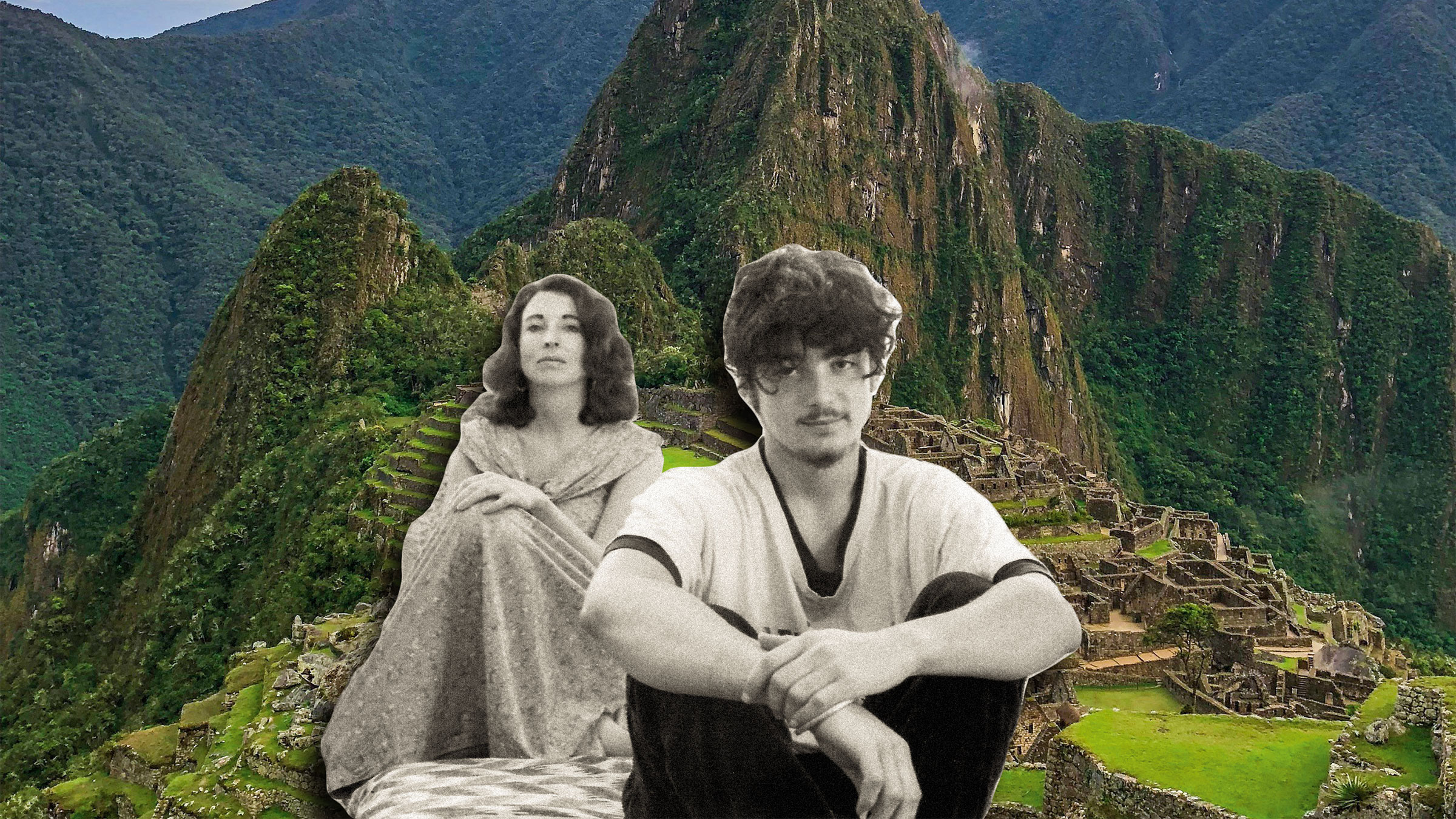“Travel far enough, you meet yourself,” the author David Mitchell writes in his novel Cloud Atlas. I’m inclined to agree. Discovering lands and cultures hitherto unknown to me draws out aspects of myself I never knew existed. The same could be said of my Buddhist practice. It enables me to explore my inner landscape and keeps me balanced as I scale life’s peaks and wade through its troughs.
This hasn’t always been the case. When I lost my only child, Sacha, I doubted, for a time, that my Buddhist practice could help me navigate the heartbreak. The tectonic plates of my life had shifted. “Why me? Why me?” became my mantra. Nevertheless, an inner voice told me that now, more than ever, I needed to trust my practice.
“Through my Buddhist practice, my experience of loss has deepened my understanding and appreciation of what it means to be human.”
I began chanting for the wisdom to know where to scatter my son’s ashes. The answer came soon enough. Sacha, who was half-Colombian, had loved traveling and mountain climbing in South America. He once described how moving it had been for him to watch the sunrise over the sacred Inca citadel of Machu Picchu after walking the Inca Trail. Not long before his death, he told me he would love to take me there.
Armed with an omamori gohonzon (a scroll essential to Soka Gakkai Buddhist practice, in a travel-size format), my Buddhist beads, and extracts from the Lotus Sutra and the Ongi Kuden—Nichiren’s Orally Transmitted Teachings—I set off for Peru. My plan had been to go directly to Machu Picchu and scatter the ashes, but upon arrival in Lima, I received an unwelcome message from Sacha’s father, from whom I had been estranged for many years. He wanted to be present at the scattering but couldn’t come to Peru for another month.
Jet-lagged, confused, and fragile, with my plans in disarray, I saw no option but to head to the Soka Gakkai International center in Lima. There, I chanted alone for two hours in its sizable altar room. I acknowledged that Sacha’s father had every right to be present, but what was I to do for a month? Hole up in a hotel? Or did I have the courage to travel around the country with my son’s ashes in tow and see something of Peru? There was only one way to find out.
In her book When Things Fall Apart, Pema Chödrön writes that to be fully alive, fully human, and completely awake is to be continually “thrown out of the nest” of security and comfort. I had certainly been thrown out of mine. Pema Chödrön also claims that to live fully is to be always in no-man’s-land, to experience each moment as completely new and fresh. So true. I booked a coach journey to Cusco, with stops along the way, and hit the road.
Sacha and I had often argued about the risks he took traveling in this part of the world. Once, he nearly got himself kidnapped while combing a FARC guerrilla stronghold for ancient Mayan ruins. But it wasn’t long before I found myself in some hair-raising situations too. In Lima, I had a police baton waved in my face while photographing a political demonstration. Later, after missing the coach carrying my luggage, I hired a taxi to chase it before it crossed into Bolivia. The dishonest driver reneged on our agreed fare, repeatedly stopping on the Pan-American Highway to demand more money. Eventually, I was reunited with my luggage. In that, and in every subsequent precarious situation, I felt protected. Chanting and prayer were my life raft.
Peru itself proved both fascinating and enlightening. I slid down enormous sand dunes in the oasis town of Ica and visited a deserted Nazca graveyard where skeleton families and their trophy skulls lay in full view. I was rowed out in a reed boat to the inhabited floating islands of Lake Titicaca. In a moving encounter with an Inca witch, I had my coca leaves read with astonishing accuracy. She told me Machu Picchu was absolutely the right place to scatter my son’s ashes, as the Apu—the god of the mountain—would watch over him. She also told me I should write about my son and my time in Peru.
In How to Live When a Loved One Dies, Thich Nhat Hanh suggests that we can still take the hand of our dearly departed and walk with them. Our legs are their legs, and our eyes are their eyes. This was certainly how I felt when I flew over the mysterious Nazca Lines in a Cessna plane—something Sacha had always wanted to do. I felt him beside me as I marveled at the vast, intricate patterns and animal shapes covering five hundred kilometers of the Pampa Colorada.
Traveling around this mystery-laden country—with its wild beauty, fascinating history, and warm-hearted people—helped me reconnect with life. The numbness I had carried since Sacha’s passing began to dissipate. I remember thinking that perhaps life was worth living after all.
Meeting Peruvians who had also been bereaved—including a young man who had lost his mother, and a mother who had lost her young son—brought home to me the universality of death. I wasn’t alone in my suffering. My “Why me?” metamorphosed into “Why not me?”
On the first anniversary of Sacha’s death, Sacha’s father and I held a moving ceremony and scattered his ashes. After many years of bitterness and resentment, we were reconciled. I believe this is what my Buddhist practice—and our son—had wanted for us both. It was especially poignant as Sacha’s father died two years after our return from Peru.
Through my Buddhist practice, my experience of loss has deepened my understanding and appreciation of what it means to be human. It took time to accept that anything positive could come from losing a loved one, but I believe I am now a more compassionate person and a better psychotherapist. There is life after death—even a more meaningful one.

